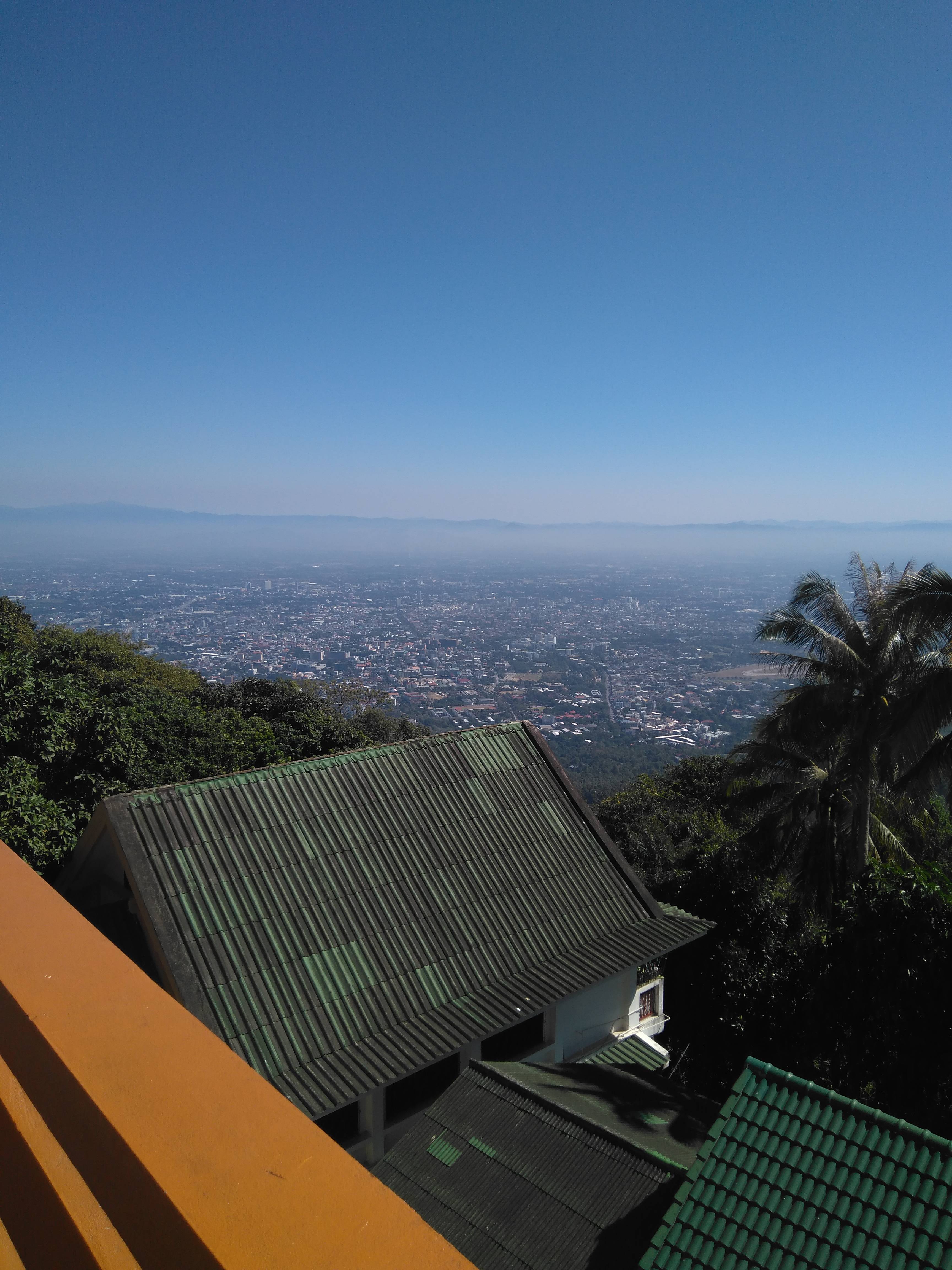
Doi Suthep Vipassana: My Seven-Days Spiritual Experience In Thailand. No Internet, No Talking, But Shining From Within.
1. Introduction
Doi Suthep is a mountain of ~1000m altitude, located 15km West of Chiang Mai in Northern Thailand. There is an impressive Buddhist temple called “Wat Phra That Doi Suthep”. Which was founded a long time ago, in 1383. From Chiang Mai you can reach this temple on Doi Suthep easily to do this Vipassana meditation course. By taking the famous public red car in the North of the Old Quarter or from the zoo. Taking ~45 min, this drive cost me 60 Thai Baht (~2€, December 2019).
A few months before flying to Bangkok and starting to travel in Thailand towards the North, I registered out of curiosity online to do a Vipassana Insight Meditation course at the International Buddhism Center in Doi Suthep. A meditation center close to the famous temple. It takes a ~10 min walk to reach this center from the touristic and very crowded temple through a path in the forest. Where it is much more quiet, peaceful, natural and free of noise.
For a long time I`ve been curious about spirituality and meditation, listening to interviews and audiobooks. Watching videos and movies about topics like religions, guided meditations, Inner Enginnering, intuition and more. What is not “normal” to the majority of people growing up in Europe and Western societies, whose lives are marked by proved methods in science and a materialistic way of life, differs a lot from several (ancient) cultures throughout the world. Especially in Bali I noticed these differences when traveling there in May 2019. Being the first time in South East Asia. As I like to explore the unknown and am interested to find out more, it was time to get active. And experience new ways of life for some months, not only learning about theories.
2. The Arrival
On December 26th 2019 I arrived in Doi Suthep with all my backpacks to start a Vipassana Insight Meditation course. Which is based on donations. It was still Christmas, the second time not being with my family during this time of the year (after Australia in 2011). Since I decided to go traveling already on December 11th to avoid very expensive flights in January. So I visited my family in Germany during the first days of December. And spent untypical Christmas in the heat of Chiang Mai, exploring the city and enjoying fresh fruits. A few restaurants had typical decorations for their Western guests, usually an artificial Santa Clause sitting at the entrance.
Full of curiosity I went that sunny Thursday by public minibus towards Doi Suthep and arrived too early. Typical German. To reach its temple on the top, it is necessary to climb 309 steps. Which feels like an intense leg workout when doing it with additional 20kg luggage on your back. Sweating like a waterfall.
I arrived much earlier than planned, the Vipassana Centre´s reception was not open yet for registration. So I sat on a bench not far from the entrance. Resting after the intense walk on the stairs and through the forest. Away from the busy and crowded temple. Enjoying the fresh air and tranquility, I noticed another guy with a suitcase coming closer. As he was walking the same way as I did before, towards the meditation centre, he was also a bit early. So I told him we couldn´t enter yet and we started a conversation. He is from Osaka, Japan and came to Doi Suthep to stay for 14 days. Already having done Zen Meditation in Japan some years before.
In Doi Suthep Vipassana Meditation course there are several rules which have to be followed during the entire time of staying. No talking to other students/participants, no use of phone/internet. No reading, no writing nor listening to music and other rules. So this short talk to the Japanese student was the last conversation I would have for the upcoming week. My positive attitude towards unknown situations probably helped me to rather look forward. And be curious than afraid of rules which look very strict at a first glance. Especially when trying such a course for the first time. And not being used to be silent for many hours and days in a row.
3. The Meditation Center and Technique
Finishing the paperwork for registration at the center´s reception, we students received the keys for our rooms. Everyone has an own private room with a single bed and mosquito net on the door and windows. My room was quite spacious, around 15sqm, I guess all rooms have the same size. From what I´ve heard from people while traveling before starting this course, meditation students not always get private rooms to sleep in. But shared dorms with many beds, so I felt lucky to have my own private space to rest. Bathrooms are shared and the housing buildings separated for women and men. Basic and clean room, good enough to disconnect from the outside world. And to focus on the vipassana meditation practice which is the goal at this center on Doi Suthep.
On the first day we had an opening ceremony in the afternoon. In which a Thai monk showed us the meditation techniques, in walking and sitting position. Especially the walking meditation was new to me. We were taught to be mindful and focused on every small movement we make while walking. Before raising one leg to take a step forward, we had to think the process in our thoughts only. Like this: “Left foot raising” (say it slowly three times in your thoughts only), then actually moving your foot up. “Left foot holding”(say it slowly three times in your thoughts only) while holding your foot in the air. Finally “left foot sinking” (thoughts only), then putting the foot on the ground.
So one single step with one foot takes much more focus and time than it usually does. Due to thinking consciously about every small movement. During the sitting meditation the focus goes towards your breathe and the movement of your abdomen. Feeling with your hand on your belly, “rising” and “falling”. After each day, focusing on more parts of the body and still on the breathe.
We were told to start with 20 minutes walking meditation. Outdoors in nature or indoors in a meditation hall shared with other students. Followed by 20 minutes sitting meditation. This is one round/session which you repeat many times per day for several hours (between 8:00-11:00 and 13:00-18:00). In between the sessions you can rest if you need to. Even though you are not moving much physically, these conscious thoughts and meditations require a lot of energy. And made us really tired at the end of the days.
From day to day you increase the duration of the sessions, usually plus five more minutes, for walking and sitting. There is nothing complicated about the technique, it is very simple. But doing it for many hours requires a lot of focus and energy. Often I had thoughts and memories coming, distracting and going. The goal is to keep the focus on the meditation. Where focus goes, energy flows.
4. Daily Structure
Apart from slight changes in the duration of the meditation practice, every day has the same structure. Early wake up at 5:00 and getting ready to join the daily Dhamma talk at 5:30 for one hour. Sitting with the group of students and listening to the teacher. Who started each day with a talk about different topics. How meditation improves your health and life, changing of way of life in societies, focus. Brain structure, Albert Einstein and many more interesting topics. So you just sit and listen, trying to stay awake and pay attention. Which is not that easy so early in the morning. After the Dhamma talk we had 30 minutes free before starting breakfast at 7:00.
During this transition time you can do what you like. Go for a walk in nature, go back to your room or take a shower. In most bathrooms the light was not working, so it´s necessary to have daylight or a flashlight. Otherwise you do shower in the dark, which can be scary. On a slippery floor while hearing strange sounds from the forest nearby. Also there are colonies of ants living in the bathrooms and they seem not to be scared of human bodies. So I recommend to take a shower during daytime. To avoid unpleasant surprises in the dark and nightmares of huge ants for the rest of your stay. Doi Suthep Vipassana should be remembered in another way.
Food is provided in this meditation center twice per day (lunch at 11:00). Usually it consisted of rice and vegetables with some soy product (meat replacement) or of noodle soup. Food is completely vegetarian, no meat at all. Although I do eat meat a few times per week, changing to vegetarian for those days was not a big issue. The quality could be better to be honest. The veggies were very watery with no real taste, probably cooked for too much time. But as this is a donation based meditation center, of course I understand that there might be a low budget for food. So I don´t want to criticize it too much. It is basic but enough. The purpose of this course is to focuse on meditation and not to enjoy Thailand´s culinary highlights. I guess noone is going to die from hunger here 😉
Every midday we had to report individually to the teacher about our practice and developments. It was a short dialogue with the teacher. Who mainly speaks and tells the next steps/more bodypoints to focus on. In order to develop our awareness during meditation. And at the end of the days we had our evening group chanting, always at 18:00. This one hour per day was the only time during the course where we used our voice and could hear ourselves. It´s strange to be silent almost the whole day. Having only the quick report to the teacher where you speak very little. Good to have the evening chanting before I completely forget that I actually had a voice, I thought…
While chanting I felt vibrations in the body more intense than in the usual daily life, because of higher awareness. The chanting we did was with texts in Sanskrit language, written with latin letters. So we students from foreign countries could read and chant it. It was a bit like singing but not as melodic or expressive. We were told to focus on each single word and try to chant it as it is written. Which was challenging sometimes, some words are quite long with more than 20 letters. And difficult to pronounce when seeing them for the first time. But adapting is easy, as the teacher uses microphone and speakers. Everyone within the group is focused on her/his own chanting. No time to listen if the neighbor is pronouncing correctly or chanting like a frog 😉
5. Insights and What I´ve Learned
This Vipassana Inside Meditation course at Doi Suthep taught me a lot of things I can apply to daily life. To be more present and conscious in each moment. I have spent many hours every day with the meditation practice itself. Focusing on mindfulness, being aware of my body and thoughts. This strong focus on the inside helped me to feel much more subtle sensations in my body. Usually we use our senses to touch, smell, taste, hear and see to experience things outside of us. In order to feel them inside and gather new information/knowledge.
But focusing the awareness for a long period of time directly on the inside, without needing external stimulus, is very different and changed my perception. Difficult to describe in words, but I´ll try. You are strengthening neurological connections between your brain and the body parts focusing on. So the sensation/feeling of that specific part gets stronger, more intense. I feel being more connected to my body in general. After having done this repetitive walking and sitting meditation for many hours.
Some time ago I read about the researcher Dr. Joe Dispenza. Who is showing scientifically how deep meditation can change our brains. And the connection to our body parts, internal and external. It´s about focus, energy, breathing and creating brain coherence to connect more to ourselves and even heal ourselves from diseases. Very similar to what I was learning and practicing during this meditation course. Based on ancient techniques from Buddhism which are persisting for thousands of years. I recommend you to search more info about Dr. Joe Dispenza and Buddhism as well, if you are curious about this topic.
Additionally we were taught that nothing lasts forever, every moment is temporary. Applying this to my daily life, also while traveling, really helped me out of some situations. When negative things happen or when I´m surrounded by negative energy like hate, anger, jealousy or complaining people, I notice it. But try to not judge/resist/fight and become the same. Trying to stay neutral in these cases often is the best solution. But of course not always easy as in theory. Meditation helped me to stay focused on my inside, how I react to things happening around me.
We often cannot influence or change external things outside of us, but we can control how we react. Either become the same destructive energy in negative environments or choose to think solution-based, with a better outcome. Also I´ve learned to appreciate more the positive aspects in life. People who are supporting and serving others and spreading positivity in life. We can choose and train the way we think and consequently create the quality of our life. I´m convinced that meditation is a powerful instrument for creativity, a positive mindset and feeling good. This is confirmed by various people like Joe Dispenza, Sadhguru and also ancient knowledge from Buddhism. Prayers also can be compared to meditation, as they are usually done in silence. With high focus and awareness on the words being spoken.
More info: zikon.space
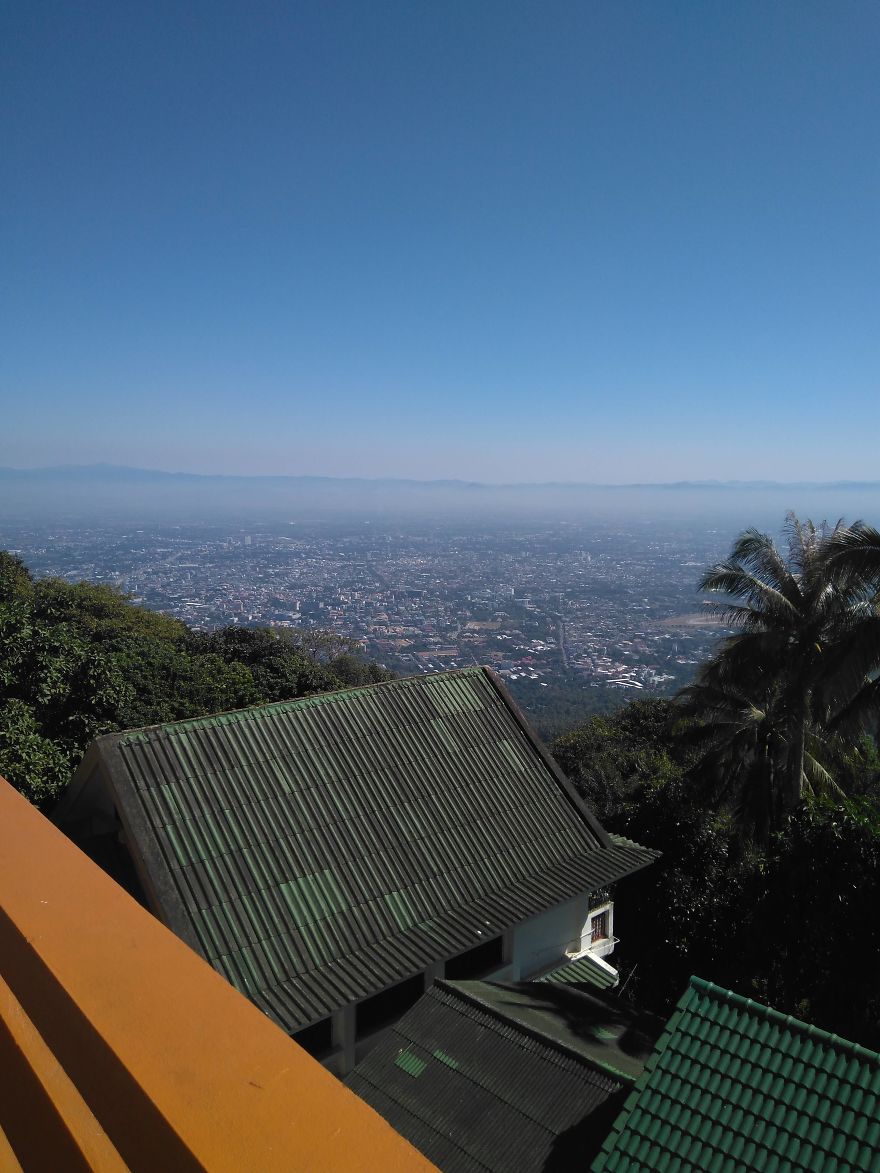
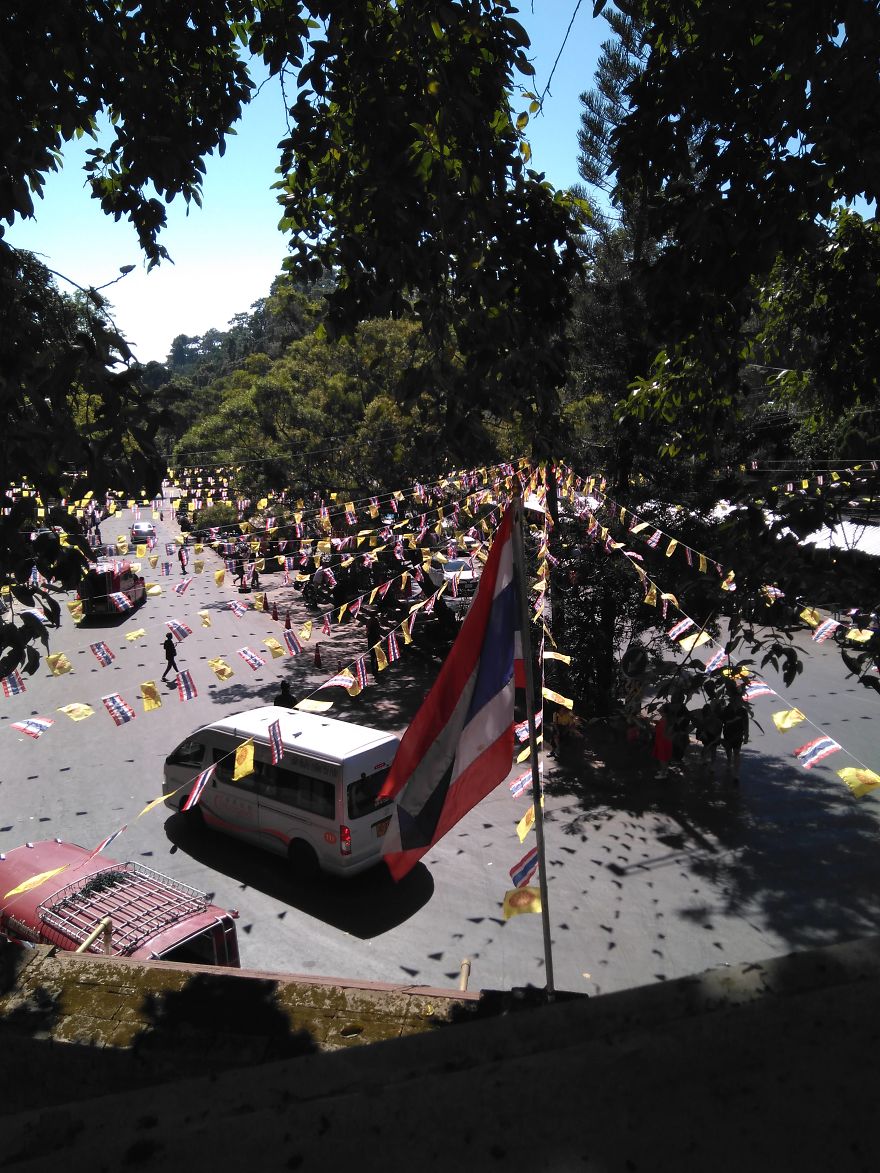
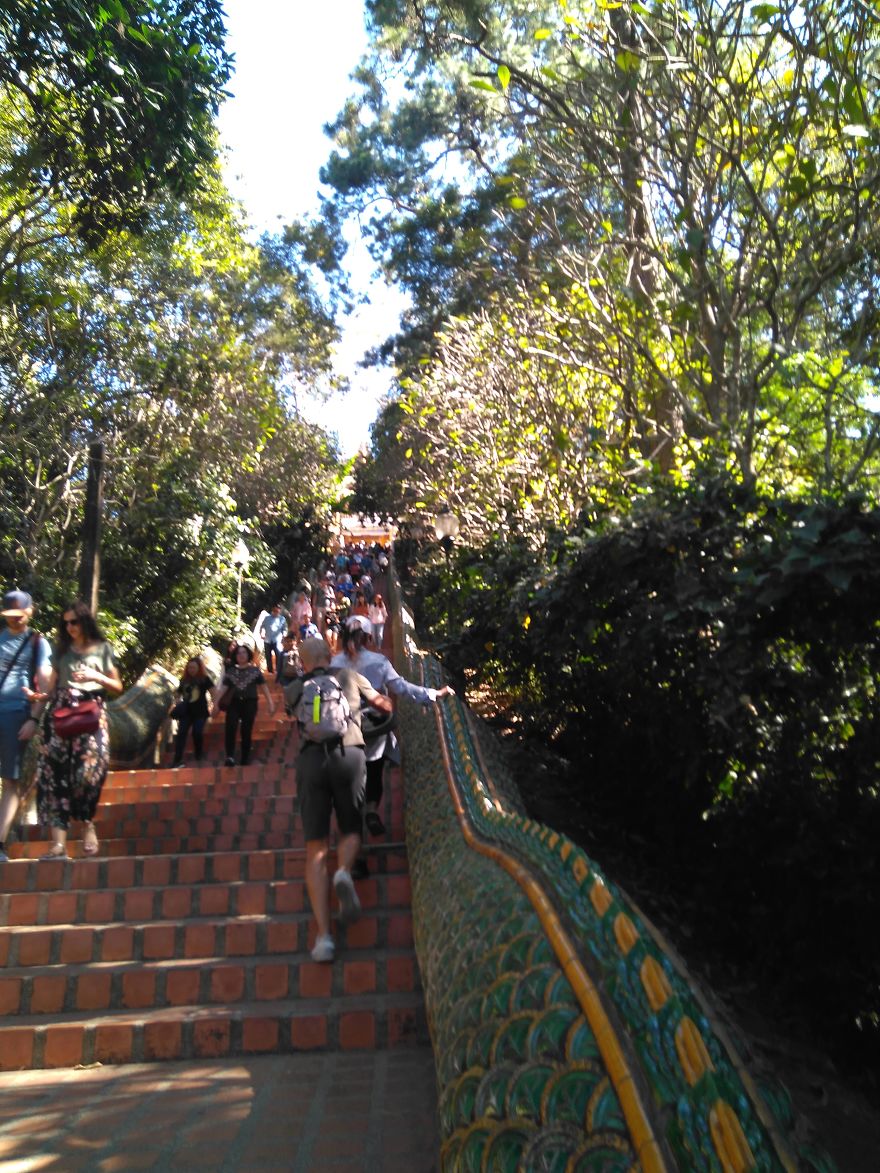
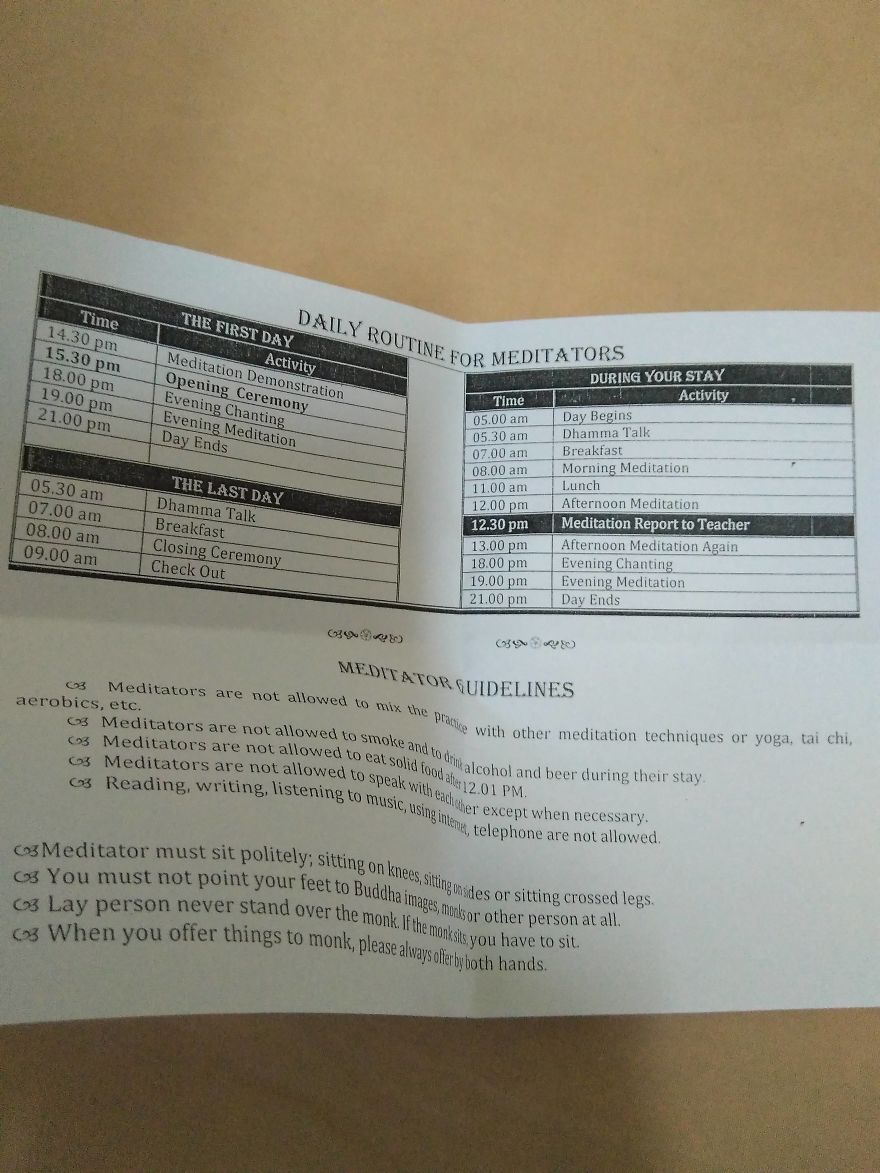
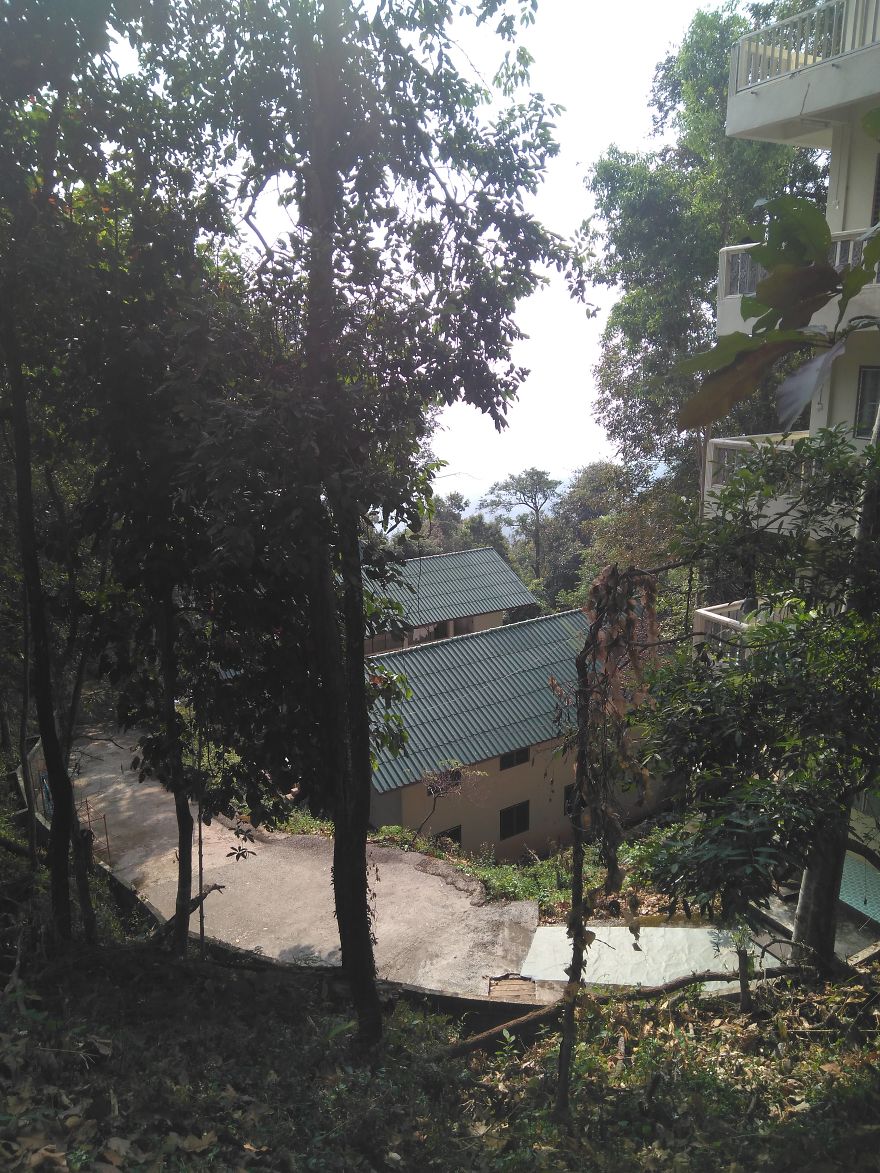
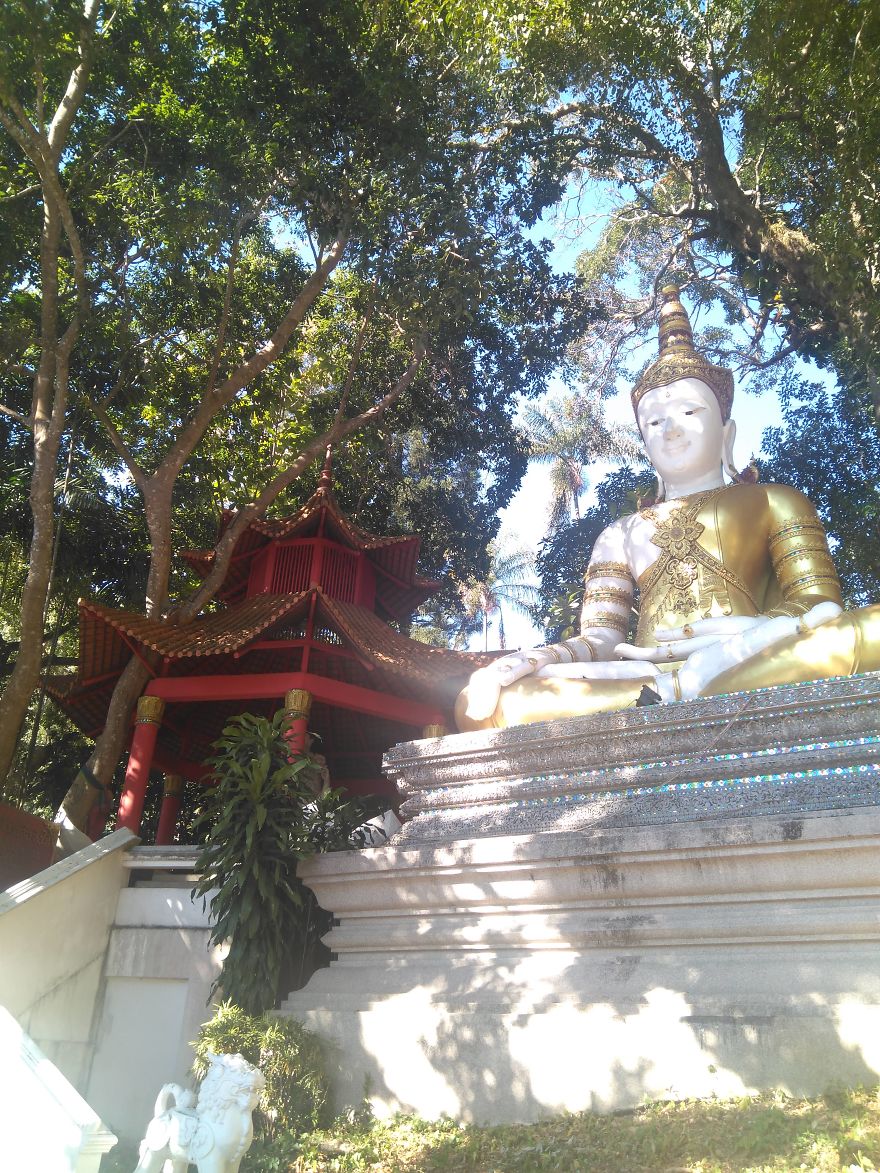
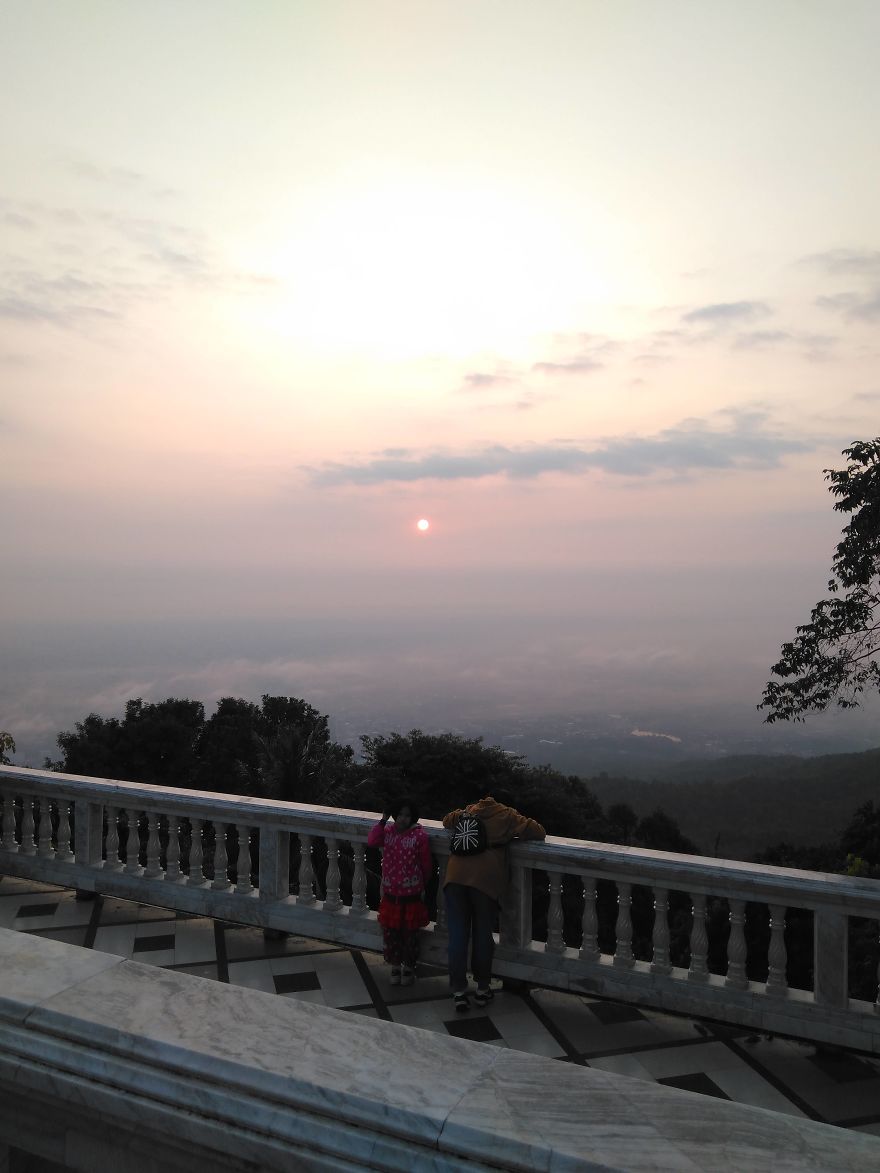
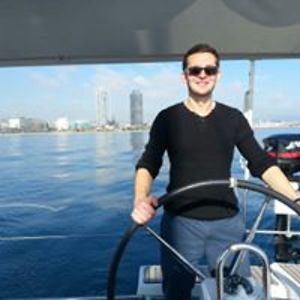



1
0